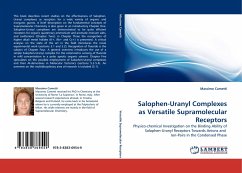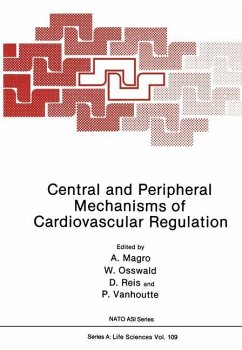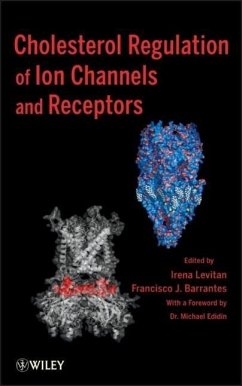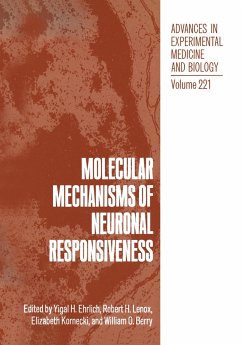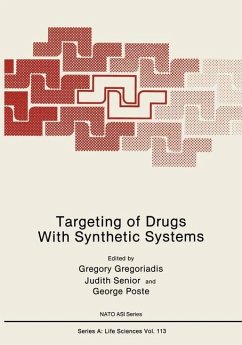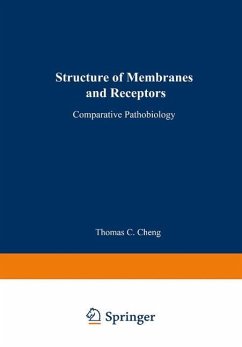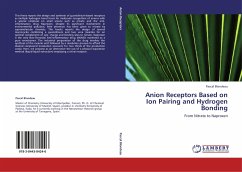
Anion Receptors Based on Ion Pairing and Hydrogen Bonding
From Nitrate to Naproxen
Versandkostenfrei!
Versandfertig in 6-10 Tagen
45,99 €
inkl. MwSt.

PAYBACK Punkte
23 °P sammeln!
This thesis reports the design and synthesis of guanidinium-based receptors as multiple hydrogen bond hosts for molecular recognition of anions with a special emphasis on small anions such as nitrate and the anti-inflammatory drug Naproxen.Despite its significant involvement in environmental pollution, little attention has been given to nitrate by supramolecular chemists. This books reports the design of several macrocycles combining a guanidinium and two urea moieties for an optimal complement of size, charge and binding sites to nitrate. Naproxen is the only Non-Steroidal Anti-Inflammatory d...
This thesis reports the design and synthesis of guanidinium-based receptors as multiple hydrogen bond hosts for molecular recognition of anions with a special emphasis on small anions such as nitrate and the anti-inflammatory drug Naproxen.Despite its significant involvement in environmental pollution, little attention has been given to nitrate by supramolecular chemists. This books reports the design of several macrocycles combining a guanidinium and two urea moieties for an optimal complement of size, charge and binding sites to nitrate. Naproxen is the only Non-Steroidal Anti-Inflammatory drug (NSAID) marketed as a pure enantiomer. The industrial preparation of the drug involves the synthesis of the racemic acid followed by a resolution process to afford the desired compound (resolution accounts for two thirds of the production costs). Here, we propose as an alternative the use of a physical separation method (liquid-liquid extraction) employing a chiral receptor.



